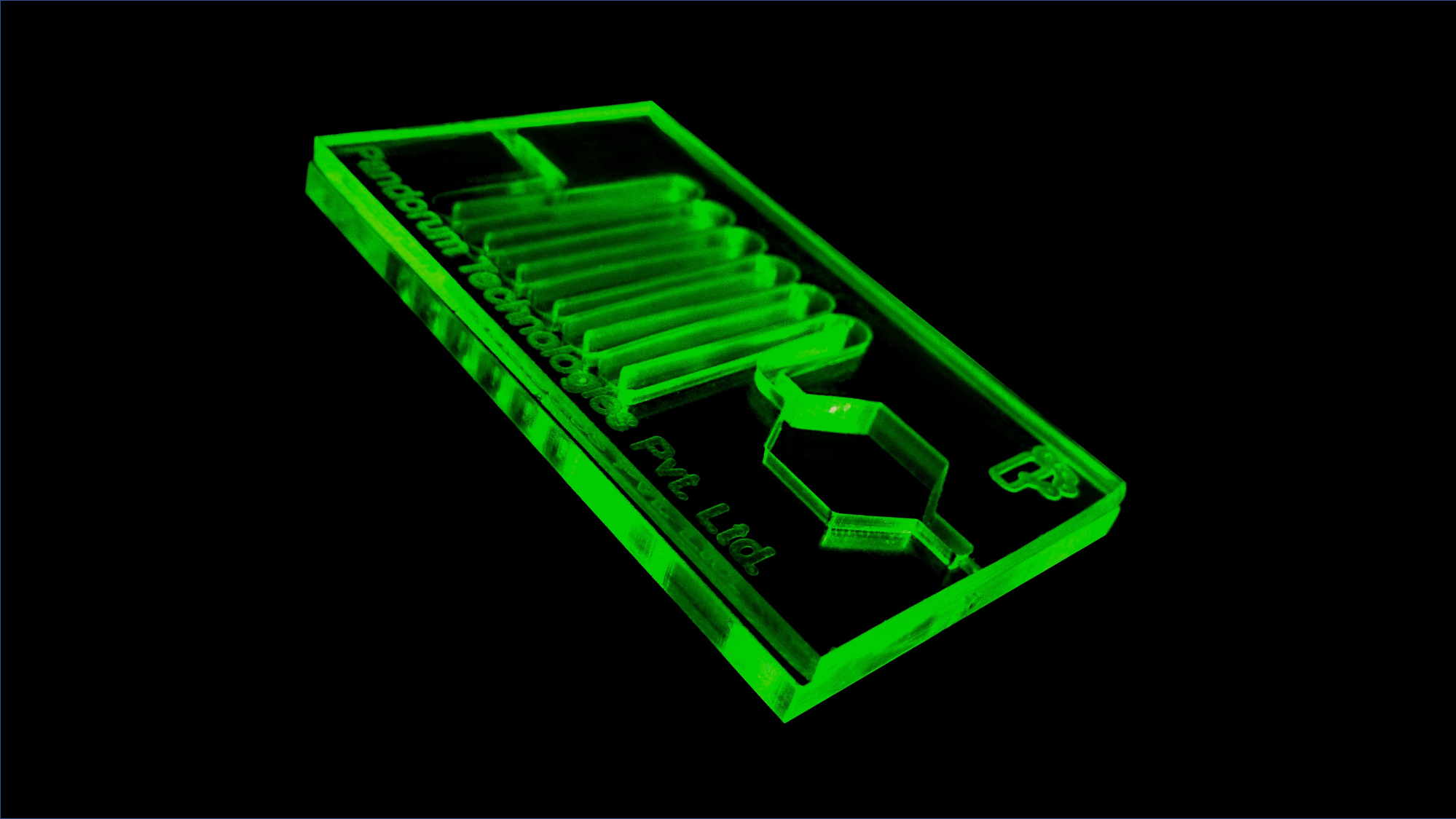
Background
Technologies based on droplet microfluidics have facilitated single-cell analysis, paving the way to dissect the role of tissue heterogeneity in diseases such as cancer. Droplet platforms usually operate at very high-throughput but are unable to reliably deposit single cells in droplets of any given sizes, which hinders the development of devices for processing precious samples of limited availability such as needle biopsies or isolated CT.
Technology
Researchers at Stony Brook University have developed an innovative device for the preparation of precious samples for single cell analysis with microfluidics droplets. The device is based on a series of encapsulation modules comprised of overhang structures prior to a typical trapping chamber. The encapsulation step relies on the plugging of the flow through the trapping channel by the trapped cell, effectively diverting the incoming oil towards the bypass channel. The oil phase thus surrounds the trapping chamber, resulting in a droplet containing a single cell. However, this mode of encapsulation necessitates a low resistance bypass channel to be effective, a requirement detrimental to the trapping efficiency. As a solution, overhanging structures are placed to steer cells towards the capturing streamlines, resulting in an efficient single-cell trapping (99%) while ensuring good compatibility with the encapsulation step. The researchers have shown success rates of cell encapsulation reach 86% for fixed cells and 78% for live cells in droplets with volumes centered on the volume of the chamber. No empty droplets are generated during the encapsulation step and most contain a single cell (99% of droplets for fixed cells). Further Details: Lab Chip, 2017, 17, 21862192.
Advantages
- Able to perform true single-cell encapsulation in droplets of arbitrary sizes, independent of the cell size - Droplets have a volume solely dictated by the size of the trapping chambers - Encapsulated cells can easily be retrieved for further processing. - Allows the observation of cells before processing, enabling the extraction of several types of data from a precious or rare sample such as morphological, biomarker and / or genomic profiles.
Inventors
Eric Brouzes, Ph.D, Biomedical Engineering
Martin Sauzade, , Biomedical Engineering
Licensing Contact
Valery Matthys, Licensing Associate, Intellectual Property Partners, valery.matthys@stonybrook.edu,
Patent Status
Patent application submitted
PCT/US2018/025248
Tech Id
050-8915
